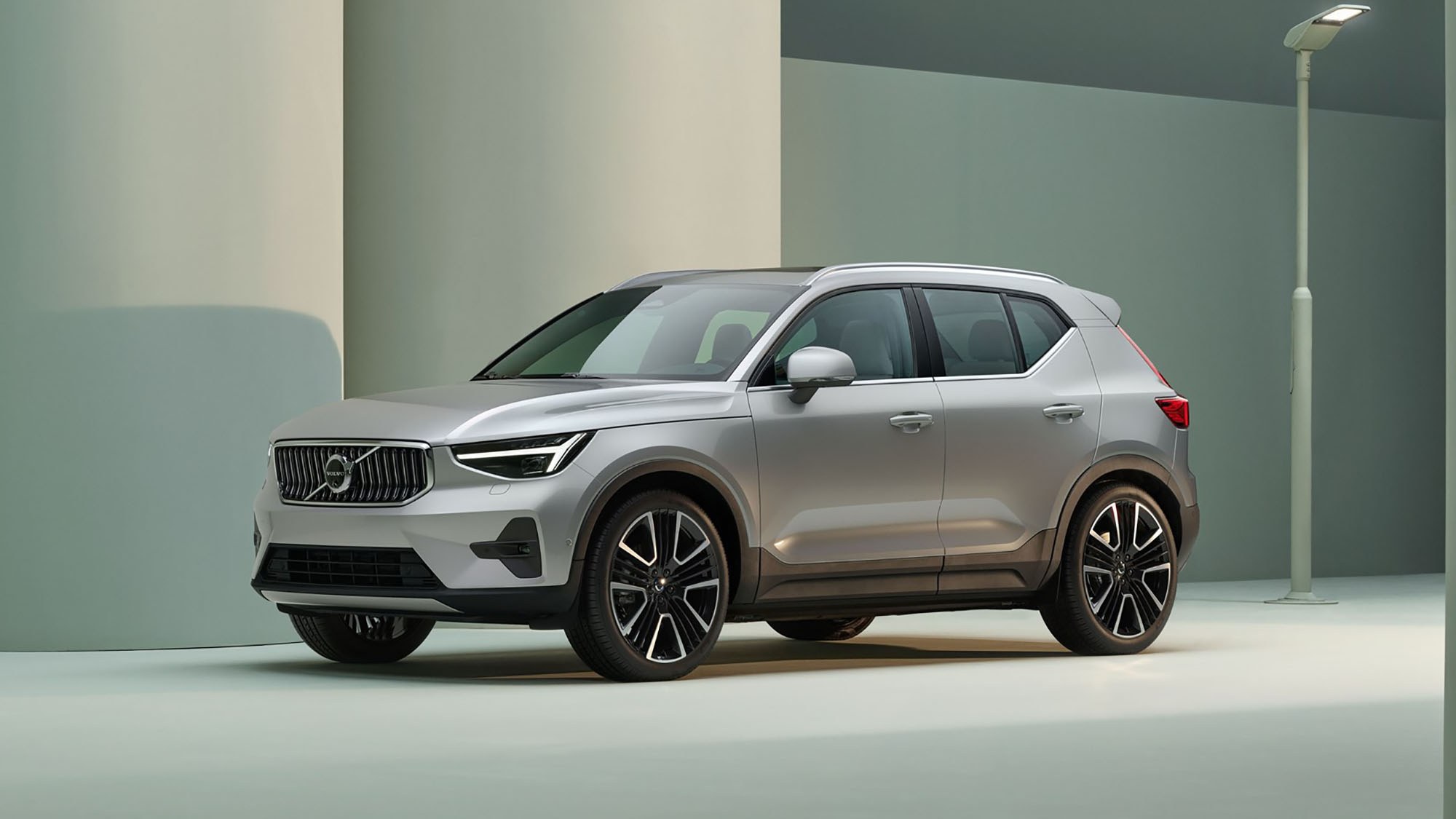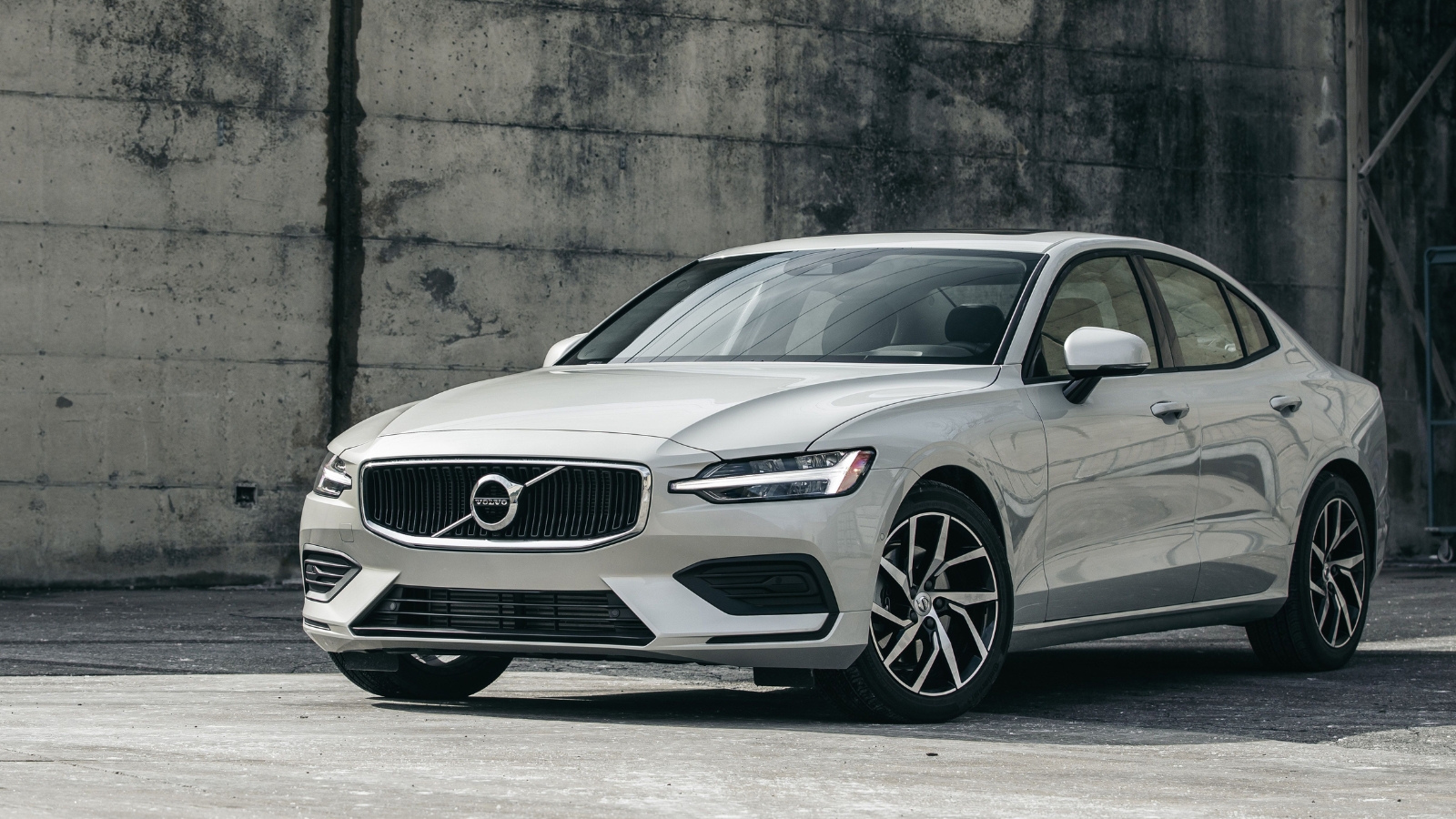Volvo : The automotive industry stands at a crossroads where global trade policies intersect with manufacturing strategies, and few companies exemplify this challenge better than Volvo Cars. As President Trump’s administration has implemented significant tariffs on imported vehicles, reaching 25% on cars from the European Union, Swedish automaker Volvo is fundamentally reshaping its North American production strategy to navigate these complex trade waters.
Understanding the Tariff Impact
To grasp why Volvo is making such dramatic changes, we must first understand how tariffs function as economic tools. Think of tariffs as taxes imposed on imported goods that make foreign products more expensive compared to domestic alternatives. The current 25% tariff means that for every Volvo imported from Europe, the company must pay an additional quarter of the vehicle’s value to the U.S. government, costs that inevitably get passed to consumers.
The Financial Reality
Volvo recently announced a staggering $1.2 billion impairment charge in the second quarter of 2025, directly attributed to tariff barriers and production delays. This massive financial hit demonstrates how trade policies can immediately impact even well-established multinational corporations. To put this in perspective, this loss represents nearly the entire annual revenue of a mid-sized automotive supplier.
The Escalation Threat
The situation could worsen significantly, with proposed tariffs potentially reaching 50% on European Union goods, which CEO Håkan Samuelsson warns would make it “almost impossible” to sell Belgian-built vehicles like the EX30 in the American market. This escalation would essentially price many European-made vehicles out of the American market entirely.
Volvo’s Strategic Response
Expanding Charleston Operations

Volvo’s CEO has committed to increasing vehicle production at the company’s South Carolina factory and moving at least one additional model to that facility. The Charleston plant, which opened in 2018, currently operates at remarkably low capacity. Reports indicate the facility runs at just 13% capacity, primarily building the slow-selling EX90 electric SUV and the Polestar 3.
Model Migration Timeline
According to industry sources, Volvo plans to begin U.S. production of the XC60 in January 2027, followed by the XC90 in October 2028. This strategic timeline reflects the complex nature of automotive manufacturing, where retooling production lines and establishing supply chains requires years of planning and substantial investment.
Production Capacity Projections
| Vehicle Model | Planned Annual Production | Expected Start Date |
|---|---|---|
| XC60 | 60,000 units | January 2027 |
| XC90 | 50,000 units | October 2028 |
| EX90 | Current production | Already active |
| ES90 | Under consideration | TBD |
Supply Chain Localization
Beyond moving final assembly operations, Volvo faces the complex challenge of localizing its supply chain. The company is actively seeking U.S.-based battery suppliers to replace current Chinese suppliers like CATL, which face additional 25% tariffs that could increase by another 10%. This supply chain transformation represents one of the most challenging aspects of manufacturing localization, as automotive supply chains have been globally optimized over decades.
Market Dynamics and Consumer Impact
Sales Performance Context
Understanding why Volvo prioritizes certain models for U.S. production requires examining sales data. Last year, Volvo sold 39,492 XC90s and 38,892 XC60s in America, representing nearly 63% of all U.S. Volvo sales. In contrast, the new EX90 electric SUV sold only 1,972 units in the first six months of 2025, compared to 3,004 XC90s and 2,421 XC60s sold in June alone.
Consumer Pricing Implications
Automotive dealers are already discussing price increases due to the tariff implementation, with vehicles currently on dealer lots representing the last opportunity for consumers to avoid these additional costs. This creates an immediate market dynamic where timing becomes crucial for both buyers and sellers.
Broader Industry Transformation
The “Americas” Regional Strategy
Volvo has created a new regional division called “Americas,” encompassing the United States, Canada, and Latin America, to streamline global operations and respond more effectively to regional trade policies. This organizational restructure reflects a broader trend toward regionalization in global manufacturing.
Learning from Chinese Manufacturers
CEO Samuelsson has stated that Volvo “needs to learn from the Chinese how to localize,” referring to Chinese manufacturers’ ability to quickly establish localized production and supply chains. This acknowledgment highlights how trade tensions are forcing Western automakers to adopt more agile manufacturing strategies.
Challenges and Future Outlook
Electric Vehicle Complications
The transition to electric vehicles adds complexity to Volvo’s localization efforts. Electric vehicles face unique challenges, as even the U.S.-made EX90 remains heavily impacted by tariffs because most components still come from Europe. This demonstrates how modern automotive manufacturing creates interdependencies that make complete localization extremely difficult.
Timeline Pressures
Samuelsson emphasizes that the company must “act swiftly” to move production to the U.S., yet automotive manufacturing timelines inherently require years for significant changes. This tension between political pressure for immediate action and manufacturing realities creates ongoing uncertainty for both companies and consumers.
Volvo’s response to U.S. tariff policies illustrates the complex interplay between trade policy and manufacturing strategy in the modern automotive industry. The company’s commitment to expanding U.S. production represents both a defensive response to immediate tariff pressures and a strategic pivot toward greater regional manufacturing autonomy. While the short-term costs are substantial, as evidenced by the $1.2 billion impairment charge, the long-term benefits of reduced trade exposure and improved supply chain resilience may prove valuable regardless of future policy changes.
Frequently Asked Questions
Q: How much will Volvo prices increase due to tariffs? A: Current 25% tariffs add significant costs, with potential 50% tariffs making some European-built models nearly impossible to sell profitably in the U.S.
Q: When will Volvo build XC60 and XC90 in America? A: XC60 production is planned for January 2027, with XC90 following in October 2028.
Q: Which Volvo models are currently made in the U.S.? A: Only the EX90 electric SUV and Polestar 3 are currently manufactured at the Charleston, South Carolina plant.
